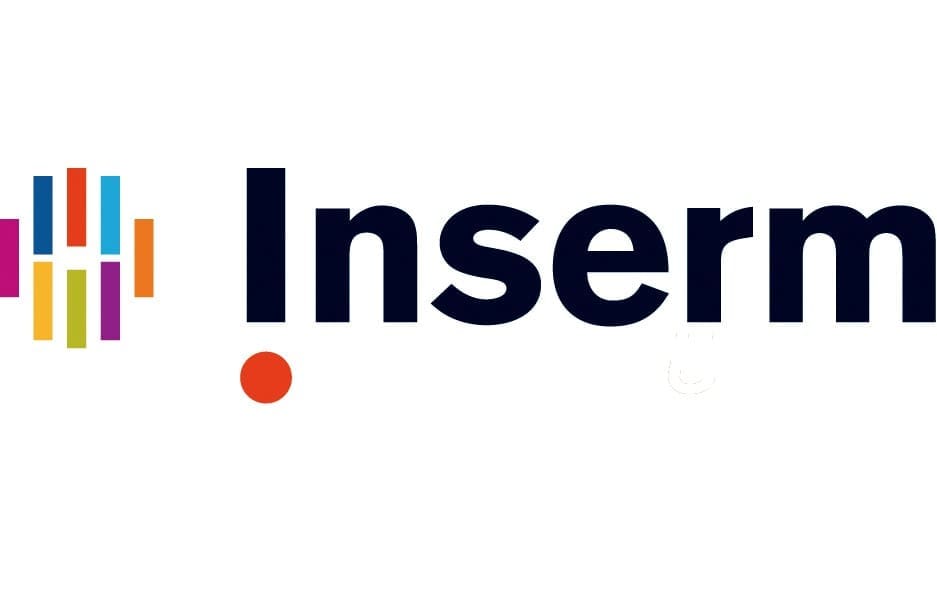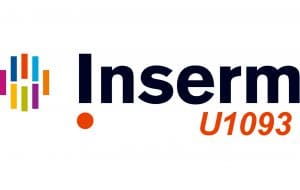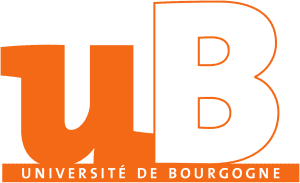Article scientifiques dans des revues internationales ou nationales avec comité de lecture répertoriées
2021
Bouguetoch A, Martin A, Grosprêtre S (2021) Does partial activation of the neuromuscular system induce cross-education training effect? Case of a pilot study on motor imagery and neuromuscular electrical stimulation. European Journal of Applied Physiol 121(8):2337-2348 (IF : 3,47)
Bouguetoch A, Martin A, Grosprêtre S (2021) Insights into the combination of neuromuscular electrical stimulation and motor imagery in a training-based approach. European Journal of Applied Physiology. 121(3):941-955. (IF : 3,47)
Vitry F, Papaiordanidou M, Martin A (2021) Mechanisms modulating spinal excitability after nerve stimulation inducing extra torque. Journal of Applied Physiology 131(3):1162-1175 (IF : 3,46)
2020
Bouguetoch A, Grospretre S, Martin A (2020) Optimal stimulation parameters for spinal and corticospinal excitabilities during contraction, motor imagery and rest: A pilot study. Plos One 15(6):e0235074 (IF : 3,20)
Clos P, Garnier Y, Martin A, Lepers R (2020) Corticospinal excitability is altered similarly following concentric and eccentric maximal contractions. European journal of applied physiology 120(6):1457-1469. (IF : 3.08)
Grosprêtre S, Bouguetoch A, Martin A (2020) Cortical and Spinal Excitabilities Are Differently Balanced in Power Athletes. European Journal of Sport Science 20(3):415‑25. (IF :4)
Grosprêtre S, Papaxanthis C, Martin A (2020) Corticospinal Modulations during Motor Imagery of Concentric, Eccentric, and Isometric Actions. Medicine and Science in Sports and Exercise 52(5):1031‑40. (IF :5.4)
Neige C, Grosprêtre S, Martin A, Lebon F (2020) Influence of Voluntary Contraction Level, Test Stimulus Intensity and Normalization Procedures on the Evaluation of Short-Interval Intracortical Inhibition. Brain Sciences 10(7):433. (IF: 3,39)
2019
Garnier Y, Paizis C, Martin A, Lepers R (2019) Corticospinal excitability changes following downhill and uphill walking. Experimental Brain Research 237(8):2023-2033. (IF : 1,59)
Grosprêtre S, Lebon F, Papaxanthis C, Martin A (2019). Spinal plasticity with motor imagery practice. Journal of Physiology597(3) : 921-934. (IF : 4,6)
Vitry F, Martin A, Deley G, Papaiordanidou M (2019) Effect of reflexive activation of motor units on torque development during electrically evoked contractions of the triceps surae muscle. The Journal of Applied Physiology, 126: 386-392, 2019. (IF : 3,04)
Vitry F, Martin A, Papaiordanidou M (2019) Impact of stimulation frequency on neuromuscular fatigue. European Journal of Applied Physiology 119(11-12):2609-2616 (IF : 2,58)
Vitry F, Martin A, Papaiordanidou M (2019) Torque gains and neural adaptations following low intensity motor nerve electrical stimulation training. European Journal of Applied Physiology 127(5):1469-1477 (IF : 3,04)
2018
Grosprêtre S, Gueugneau N, Martin A, Lepers R (2018) Presynaptic inhibition mechanisms may subserve the spinal excitability modulation induced by neuromuscular electrical stimulation. Journal of Electromyography and Kinesiology 40:95–101. (IF : 1,75)
Grosprêtre S, Gimenez P, Martin A (2018) Neuromuscular and electro-mechanical properties of ultra-power athletes: the traceurs. European Journal of Applied Physiology 118:1361-1371. (IF :3,06)
Traverse E, Lebon F, Martin A (2018) Corticospinal and Spinal Excitabilities Are Modulated during Motor Imagery Associated with Somatosensory Electrical Nerve Stimulation. Neural Plasticity 2018:8265427 (IF : 3,59)
2017
Grosprêtre S, Gueugneau N, Martin A, Lepers R (2017) Central Contribution to Electrically Induced Fatigue depends on Stimulation Frequency. Medicine and Science in Sports and Exercise 49:1530–40. (IF : 4.29)
Grosprêtre S, Jacquet T, Lebon F, Papaxanthis C, Martin A (2017) Neural mechanisms of strength increase after 1-week motor imagery training. European Journal of Sport Science 18(2):209-218 (IF : 2.58)
2016
Grosprêtre S, Lebon F, Papaxanthis C, Martin A (2016) New evidence of corticospinal network modulation induced by motor imagery. Journal of neurophysiology 115:1279-1288. (IF : 2.4)
Grosprêtre S, Duclay J, Martin A (2016) Assessment of homonymous recurrent Inhibition during voluntary contraction by conditioning nerve stimulation. Plos One 11(11):e0167062. (IF : 2.81)
Martin A, Grosprêtre S, Vilmen C, Guye M, Mattei JP, Le Fur Y, Bendahan D, Gondin J (2016) The etiology of muscle fatigue differs between two electrical stimulation. Medicine and Science in Sports and Exercise 48:1474-1484. (IF : 4.14)
Papaiordanidou M, Mustacchi V, Stevenot JD, Vanoncini M, Martin A (2016) Spinal and Supraspinal Mechanisms Affecting Torque Development at Different Joint Angles. Muscle and Nerve 53:626-632. (IF : 2.61)
Papaiordanidou M, Takamatsu S, Mazinani SR, Lonjaret T, Martin A, Ismailo E (2016) Cutaneous recording and stimulation of muscles using organic electronic textiles. Advanced Healthcare Materials 5(16):2001-6. (IF : 5,76)
Scaglioni G, Narici MV, Martin A (2016) Neural Activation During Submaximal Contractions Seems More Reflective of Neuromuscular Ageing than Maximal Voluntary Activation. Frontiers in aging neuroscience 8:19. (IF : 4.5)



